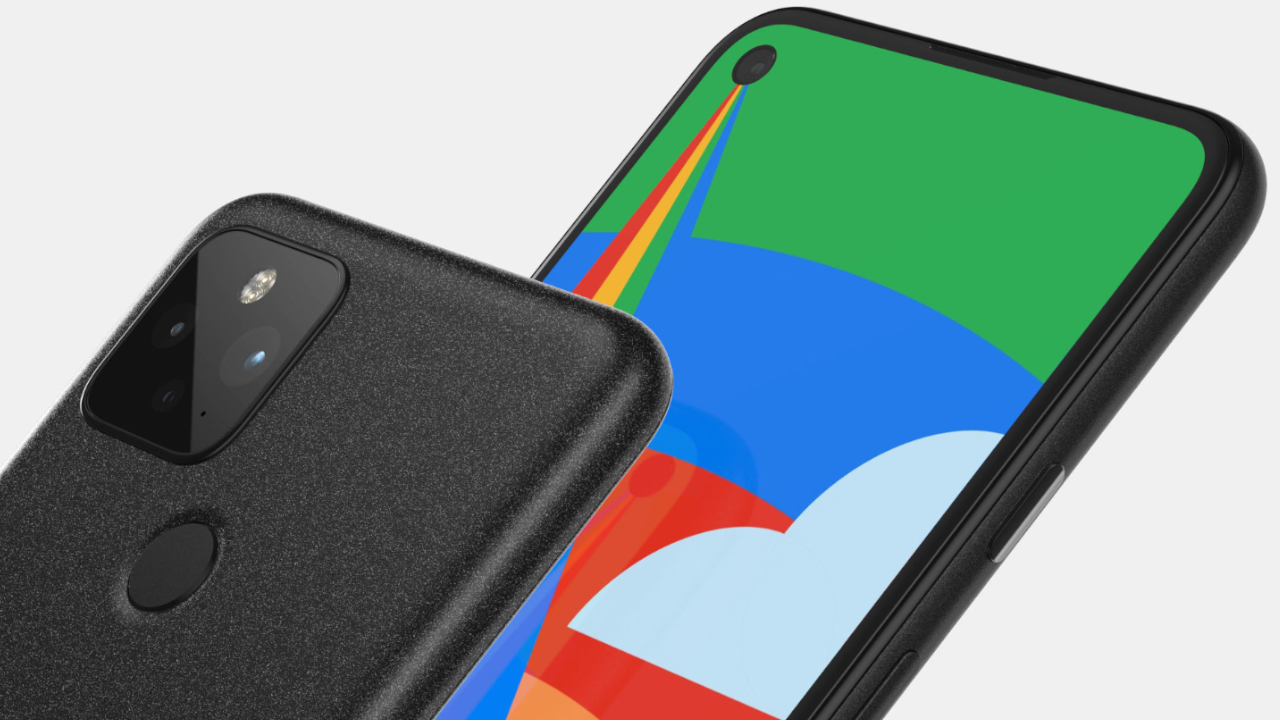
Earlier this week, Google finally lifted the lid on the Pixel 5, showing off a phone that has significant differences from the Pixel 4 that was released a year ago. A couple of notable features are missing this year, but Google has promised the most interesting will be back in the future.
Specifically we’re talking about Motion Gestures, which allowed Pixel 4 owners to control certain aspects of their phone without actually having to touch it - all powered by a miniaturised radar chip called Project Soli.
- Pure Air review: the best all-round electric scooter?
- PS5 hands Xbox Series X a win in this CRUCIAL area
- PS5 set to need THIS pricey post-launch upgrade 💸
When you think about it, it’s not hard to see why Google pulled that particular feature from the Pixel 5. While it’s true Soli helped speed up the facial recognition by detecting when your face was in view of the other sensors, there wasn’t much point to it since the functions didn’t have much practical real-world use.
When a physical fingerprint sensor can unlock your phone before it’s halfway out of your pocket, you don’t really need super-speedy facial recognition. Plus the absence of the Soli chip has clearly made a dent in the Pixel 5’s price tag, considering it costs just $699/£599/AU$1,079 compared to the Pixel 4’s $799/ £669/ AU$1049.
As much fun as it may be to wave your hands around like a magician, or have your phone recognise your face a fraction of a second faster, we can all probably do without all that for the sake of $100.
- PS5 and Xbox Series X pre-order bombshell drops 💣
- Best smartphones: the very best phones, ranked
The good news is that Google has told The Verge that Soli is not going to be gone for good. It was originally demoed for speakers and smartwatches, and FCC filings suggest it may come to the next Nest thermostat. Those are all things that could benefit from hands-free controls, but Google wouldn’t have launched the tech in a phone if it didn’t think there was some benefit.
Google spoke at length about the challenges of shrinking down the Soli radar technology, and give it some proper refinement and purpose and you have a feature that could give the Pixel 6 a much needed boost.
Get all the latest news, reviews, deals and buying guides on gorgeous tech, home and active products from the T3 experts
Source: The Verge
- Cyber Monday: shop the best Cyber Monday 2020 sales